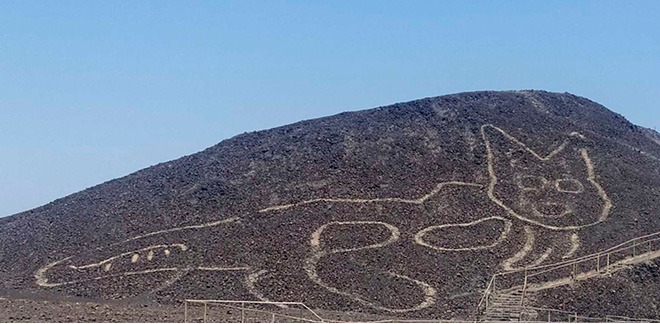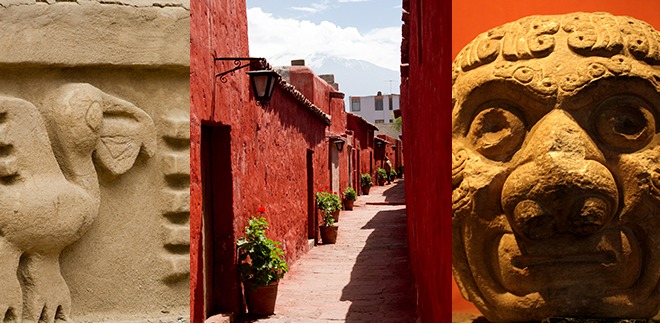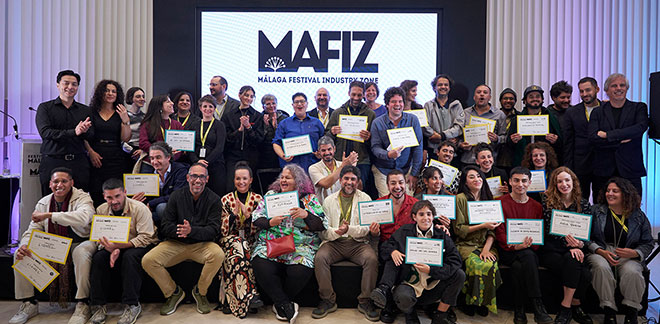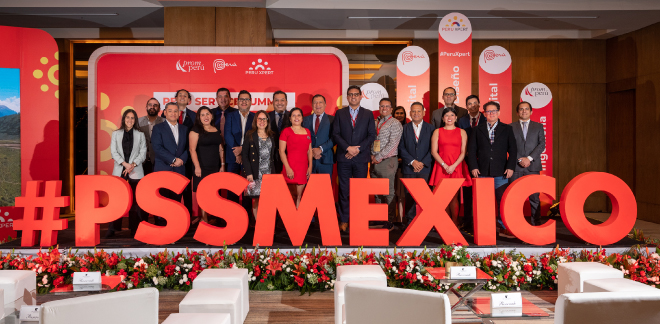Peruvian Picanterías: history, tradition and flavor all in one place
Síguenos en:Google News
The identity of each place is built on the basis of its customs and traditions, those that were developed in times gone by – whether during the Inca empire or the colonial period – and that have stood the test of time, passed down from generation to generation. One of them is the traditional picanterías: small but welcoming spaces that were adapted within humble homes where the flavor and love of home were more than enough to leave the diners with a happy heart – and stomach.
Culinary heritage
Picanterías are the transformation of the famous chicherías – a place where people used to gather to drink chicha corn beer and eat spicy dishes. Gradually, however, the generous (and tasty) food servings became more popular.
According to the gourmet and poet Alonso Ruiz Rosas, these places began appearing in Peru around the time when cities populated by Hispanic people began forming, back in the 11th century. In principle, they were set in the main dining room of a family property. They could also be set up in patios or kitchens, whose quincha walls were decorated with religious images and calendars of the time.
It was at these places, also considered an emblem of popular cuisine, where magnificent dishes were created that today travel the world conquering even the most demanding of palates. “Picantes”, named after their characteristic spiciness, roasted fish, pork crackling and pig's feet are some of the dishes that were conceived within these four walls, and whose recipes – and of course, secrets – have been discreetly passed down through generations of women enthusiasts of the culinary art.
This is where ancient techniques come from, such as the use of the famous batán – a river stone used to grind ingredients and create exquisite dressings and sauces made from chili peppers. This instrument was – and still is –considered a priceless gem. The story goes that the picanteras (owners of the picanterías) would hand over their precious work tool to their daughters, so that they could continue the tradition and the business.
Also noteworthy is the use of the wood-burning oven, where the mixture of ingredients would eventually take on that specific flavor that came to be expected by the diners impatiently waiting at the long wooden tables.
Although it is true that the picanterías originated in the city of Arequipa, they also appeared in the city of Lima and in Northern Peru, in the areas of Piura and Chiclayo.
National Cultural Heritage
In 2014, the Ministry of Culture decided to grant the title of National Cultural Heritage to Arequipa's picanterías. This acknowledgment celebrated the preservation of ancient techniques.
“The fact that it is an average person's kitchen, usually belonging to a small-scale farmer, who does not live a life of luxury but eats a good, delicious and varied diet, who lives in a very prosperous agricultural environment, and who ties together several rooms of their home, generates the emblematic institution of Arequipa's cuisine, which is the picantería,” emphasizes Ruiz Rosas.
“Faced with a world where everything is fast, frozen and pre-cooked, Arequipa's picanterías are reborn with products bought that very same day and valuable techniques that enhance the flavor of the product,” says Mónica Huerta, owner of La Nueva Palomino, one of the most prominent and nationally awarded picanterías.
Huerta, who has gastronomy in her blood and has preserved her family's legacy over time, considers these spaces as the purest and most authentic kitchens that can exist in the national culinary range. “Everything is done by hand. There are no electrical devices and we only use ancient tools,” she says.
Sources: RPP/ EFE/ Revista Diners/ Picanterías del Perú/ El Comercio








